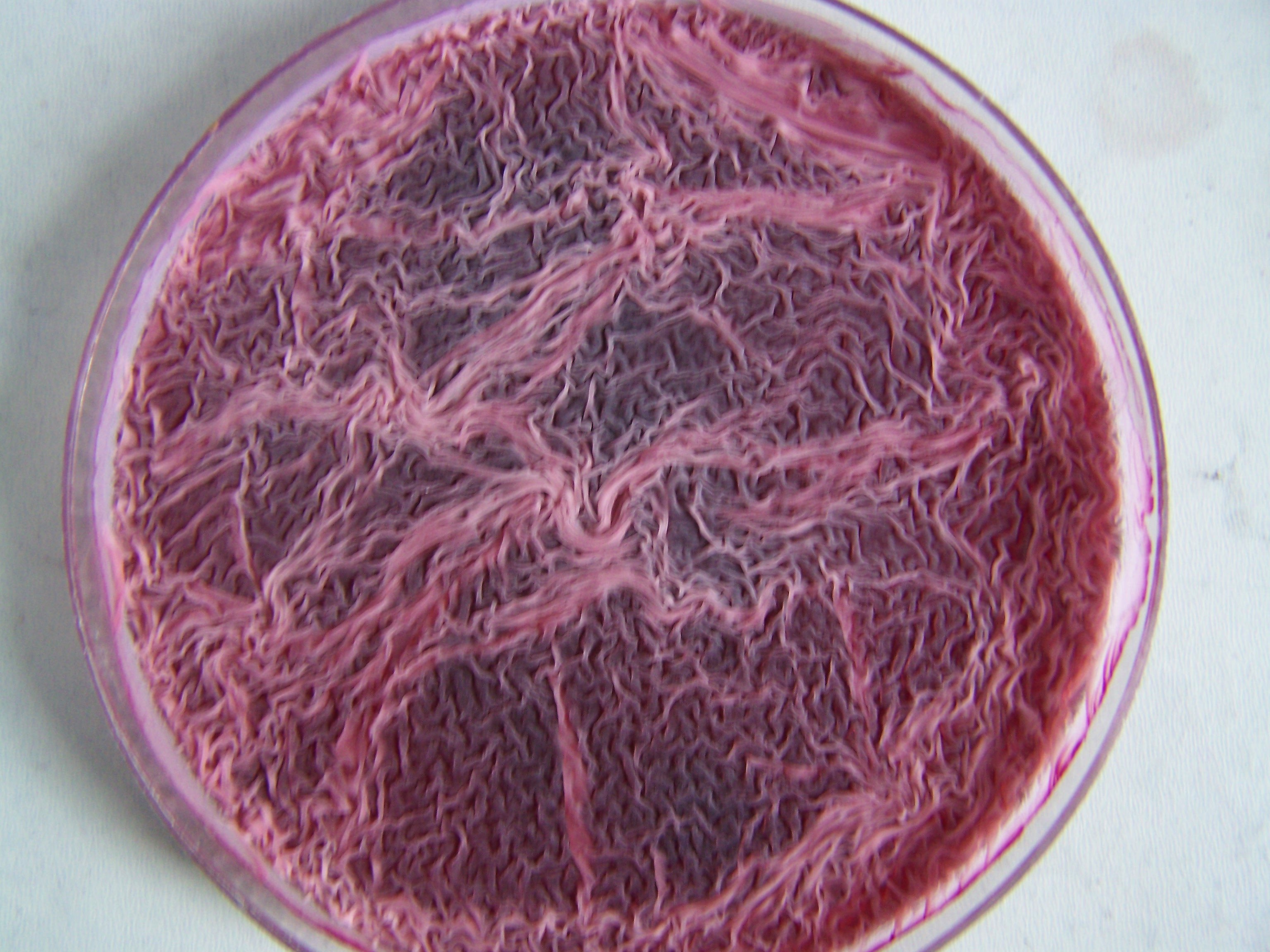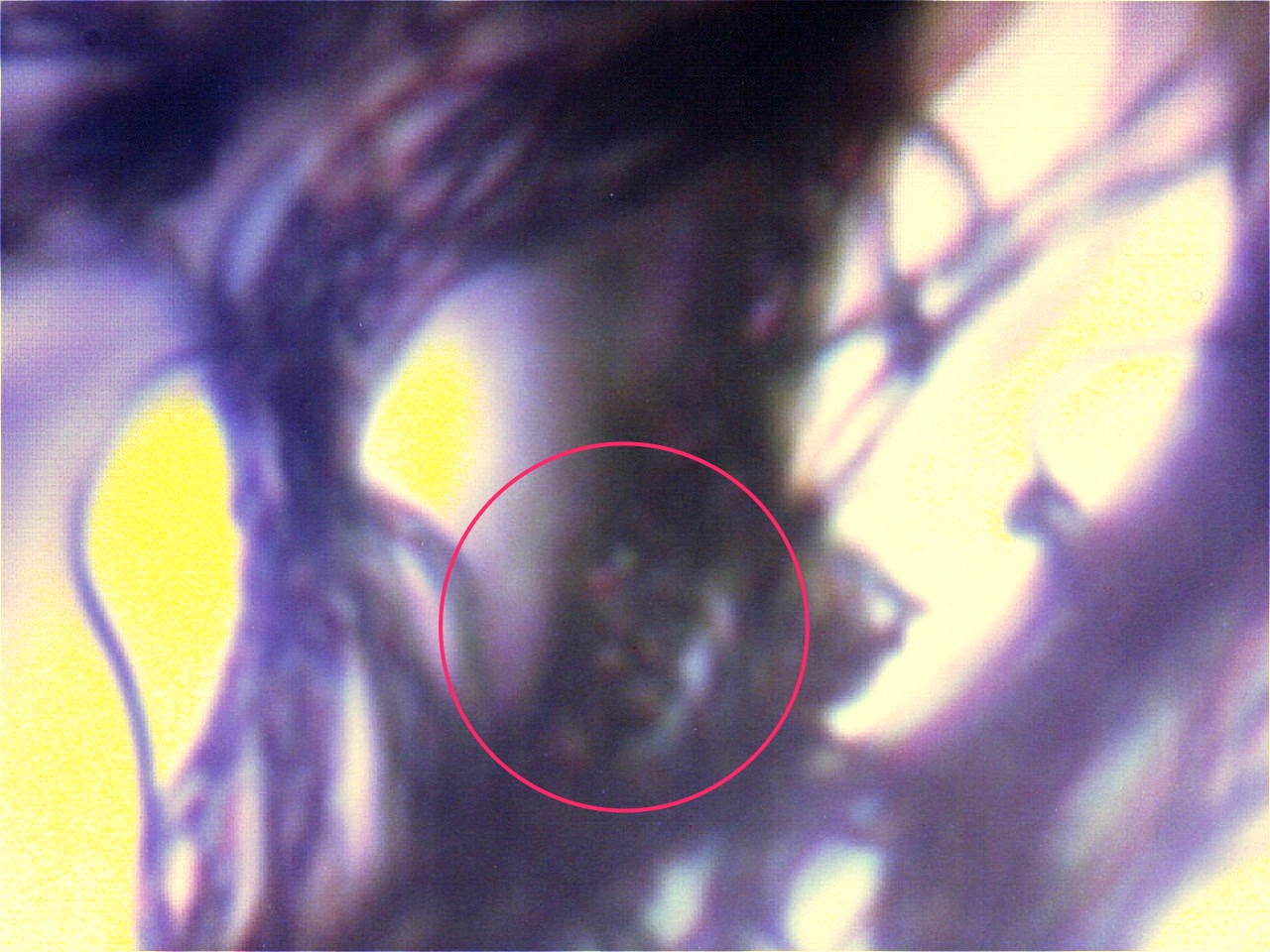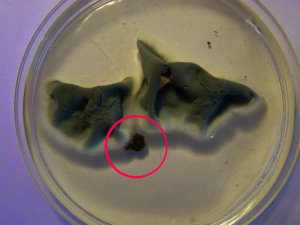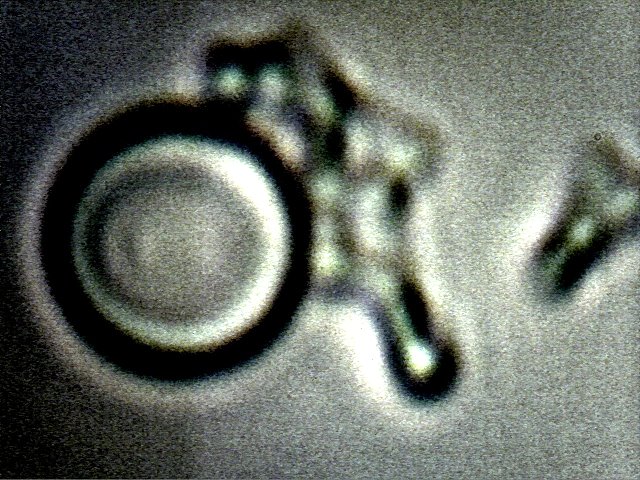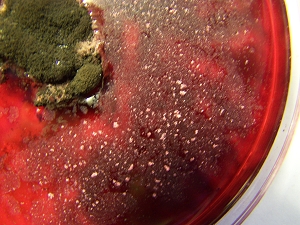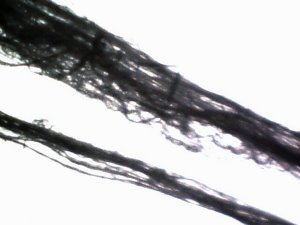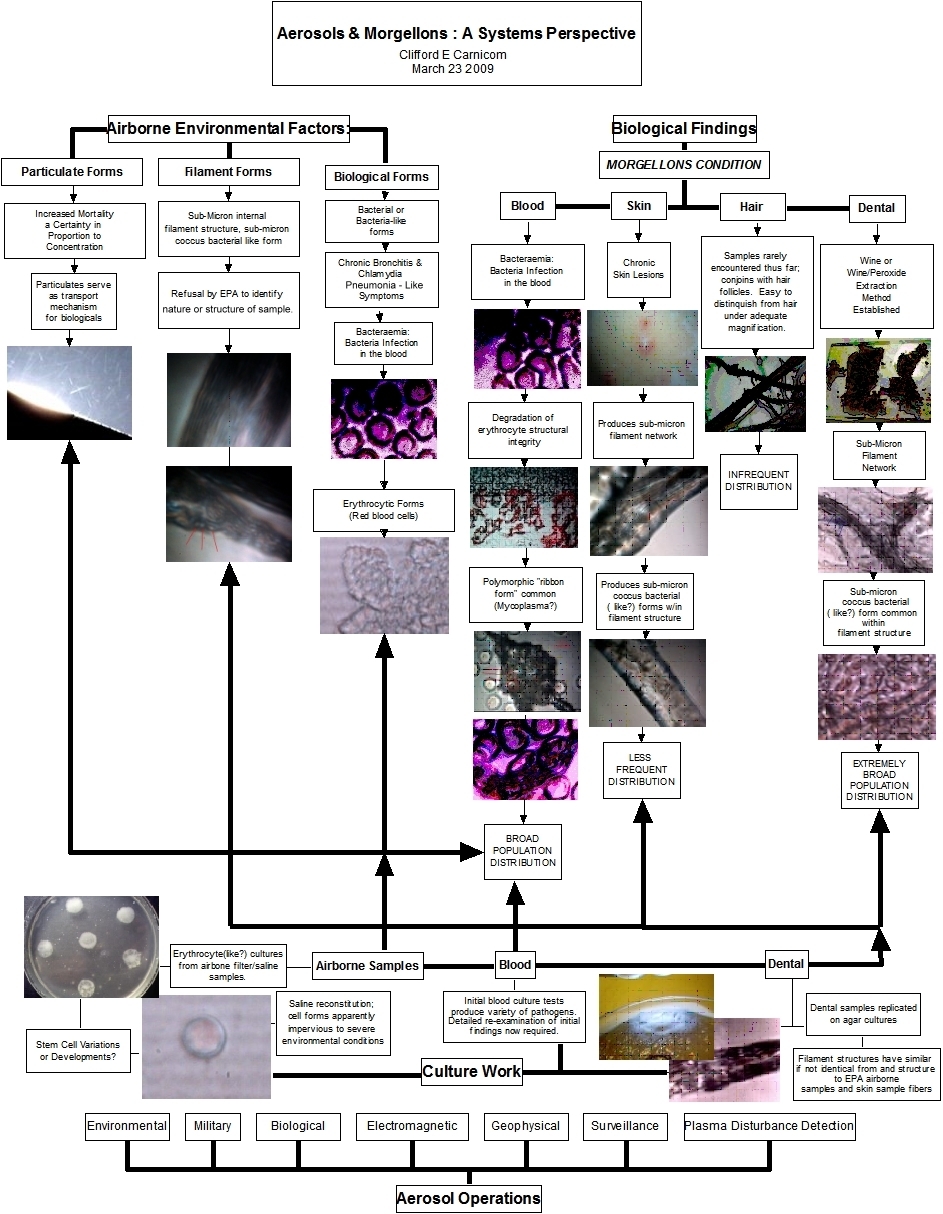
This paper discusses the Carnicom Institute's acquisition of a Beckman dual-beam spectrophotometer, and how this acquisition allowed for the spectral analysis of environmental filament samples and those associated with the Morgellon's condition are of one and the same nature. This association has given rise to Carnicom calling these events "the worst crime in human history".
Through testing of this spectrophotometer (several spectral analyses are shown on this page), Carnicom was able to verify its reliability and accuracy and usefulness in performing spectral analyses of various things, such as blood, copper sulfate, and environmental fiber samples. The fiber samples that Carnicom had sent to the United States Environmental Protection Agency (EPA) and other human oral filament samples that are representative of, and characteristic of, the so-called "Morgellons" condition.
The spectral analyses of both of these samples is identical, which again, allows for the claim to be made that The conclusion drawn from this particular research is that the nature of a repeatedly occurring environmental filament sample is identical in nature to that filament entity which is representative and characteristic of the "Morgellons" condition. This equality in nature has now been established unequivocally through three different methods: visually, metrically, and analytically.
As such, at least one source of the Morgellons condition has been identified and it is a repeating environmental source. It is now up to us as the inhabitants and stewards of this planet to comprehend the consequences and the significance of the conclusions herein.


